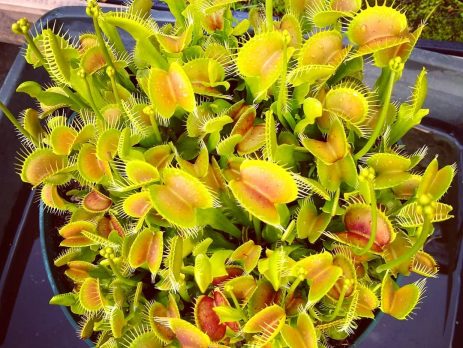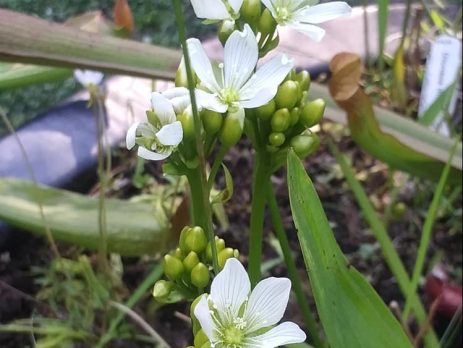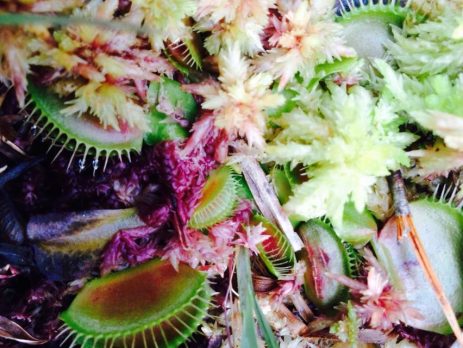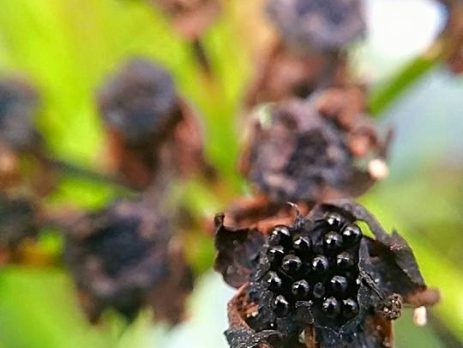Why are Venus Flytraps threatened in the wild?
Venus flytraps are threatened in the wild for several reasons, including: Habitat loss: Venus flytraps grow naturally in wetlands in North and South Carolina, but their habitat has been steadily disappearing due to development, agriculture, and other human activities. Poaching: Venus flytraps are highly sought after by collectors and horticulturalists, and they are often illegally harvested from the wild and sold on the black market. Climate change: Changes in weather patterns and rising temperatures can have a significant impact on...










